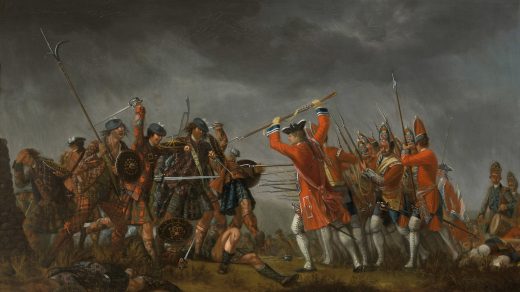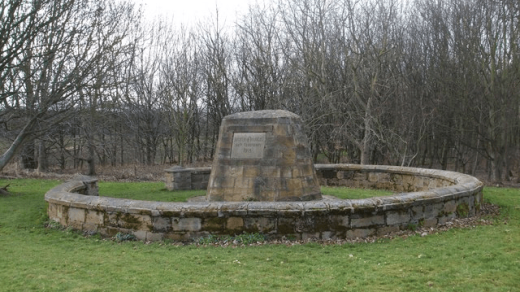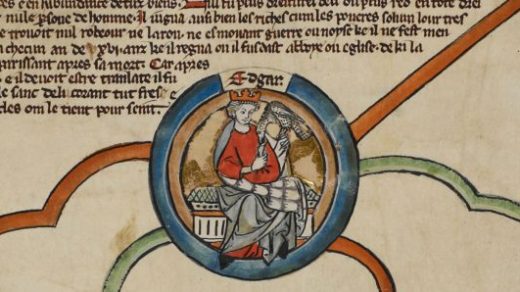Edinburgh has a fascinating history dating back thousands of years, with evidence of a settlement in the Cramond area from around 8500 BC.
The city’s name comes from ‘Eidyn’, the name for the region in Cumbric – the Brittonic language spoken in the Northern England and Lowland Scotland in the Middle Ages.
At this time a stronghold on Castle Roc k was called Din Eidyn, literally meaning ‘the hillfort of Eidyn’. As the Scots language evolved, the Din was replaced by ‘burh’, creating Edinburgh.
And there are plenty more clues to the Capital’s complex past in the names of the areas that make up the city, all of which come from a multitude of languages, backgrounds and people.
Here are 12 of them.
11. Cramond
Cramond was named by the Votadini people, who lived on the land following the end of the Roman occupation of Britain. They spoke the Cumbric language, with ‘Caer Amon’ meaning ‘fort on the river’, in reference to the Roman fortress that stood on the River Almond.

Photo: Unknown
12. Craiglockhart

Craiglockhart gets its name from the Loccard family, who owned the land back in the 13th century and are credited with building Craiglockhart Castle in the 1400s – by which time they’d changed their name to Lockhart. It literally means ‘rock of Lockhart’.



